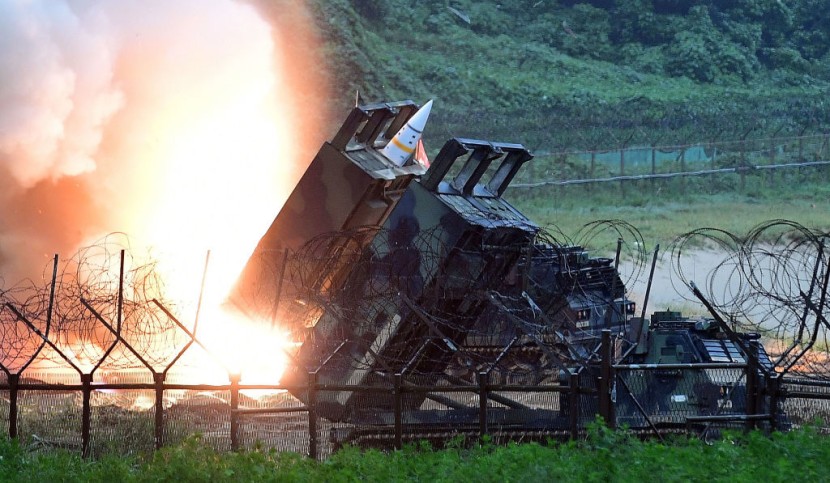
On Wednesday, Russia's ambassador to the US expressed concern over Washington's decision to send long-range ATACMS missiles to Ukraine.
The ambassador stated that this decision was a grave mistake and emphasized that it would have serious consequences. The ambassador's remarks came after Kyiv announced that it had utilized these weapons for the first time, as per Reuters via MSN.
US Sends Missiles for Ukraine
An important step took place in the ongoing war between Ukraine and Russia. Ukraine claimed responsibility for carrying out one of the most destructive attacks on Russian air assets since the war began. Ukrainian President Volodymyr Zelensky has announced that the assault involved the use of longer-range ballistic missiles provided by the United States.
This announcement followed the revelation by a US official that the longer-range ballistic missiles, which Ukraine had sought for months and were promised by President Joe Biden, had been quietly delivered and were already in battlefield use.
Ukraine's Special Operations Forces reported that they had destroyed nine Russian helicopters at two airfields in Russia-occupied regions during a nighttime attack on targets in eastern and southern Ukraine.
The attack, codenamed "Operation Dragonfly," also targeted military equipment, an air-defense system, ammunition warehouses, and runways, resulting in injuries to dozens of Russian military personnel.
The United States provided Ukraine with a small number of the Army Tactical Missile System, known as ATACMS, fulfilling the promise made by President Biden.
President Zelensky expressed his gratitude to the United States for sending the ATACMS, stating that their agreements with President Biden were being implemented and that the ATACMS had proven themselves on the battlefield.
These developments put significant pressure on the Kremlin as both sides seek advantages on the battlefield, particularly in preparation for the approaching winter and what appears to be a protracted war of attrition, according to ABC News.
Read Also: 'No Place in the United States': GOP Senator Calls for DHS to Kick Pro-Hamas Supporters Out of US
Ukraine Receives ATACMS Missiles with Limited Range and Cluster Munitions
While some versions of the missiles have a range of approximately 180 miles, the ones sent to Ukraine have a shorter range and carry cluster munitions. These cluster munitions open in the air, releasing numerous bomblets rather than a single warhead.
According to a US official, the ATACMS delivered to Ukraine have a maximum range of slightly more than 100 miles. The Ukrainian statement did not specify how the targets were hit, and Russian authorities did not immediately comment on the report.
Verifying the battlefield claims of both sides is a challenging task. The targeted airfields, located in the Luhansk and Berdyansk regions, were situated behind the front line. It appears that the Russian military underestimated the threat of Ukrainian attacks on these airfields.
Concurrently, Russia has intensified its efforts to capture the strategically important city of Avdiivka in eastern Ukraine. Avdiivka stands in the way of Moscow's ambition to secure control of the entire Donetsk region.
The UK defense ministry described this attempt to storm Avdiivka as the most significant offensive operation by Russia in Ukraine since the beginning of the year. This move comes after months of Russia defending against Ukraine's counteroffensive, which was launched about 16 months after Russia's full-scale invasion.
The UK defense ministry and Washington-based think tanks reported that the pace of Russia's attack on Avdiivka has slowed in recent days, possibly due to the high casualties sustained and the challenging terrain.
While the Russian officials did not immediately comment on the situation in Avdiivka, Ukrainian sources claimed that Ukrainian forces successfully repelled numerous Russian attacks. The conflict around Avdiivka remains a focal point in the ongoing war, and the outcome of this offensive will have significant implications for both sides.
Despite Russia's continued efforts to encircle the city, there are signs that capturing Avdiivka in the short term may prove increasingly unlikely. The conflict in this key city remains a complex and evolving aspect of the broader Ukraine-Russia conflict, The New York Times reported.








